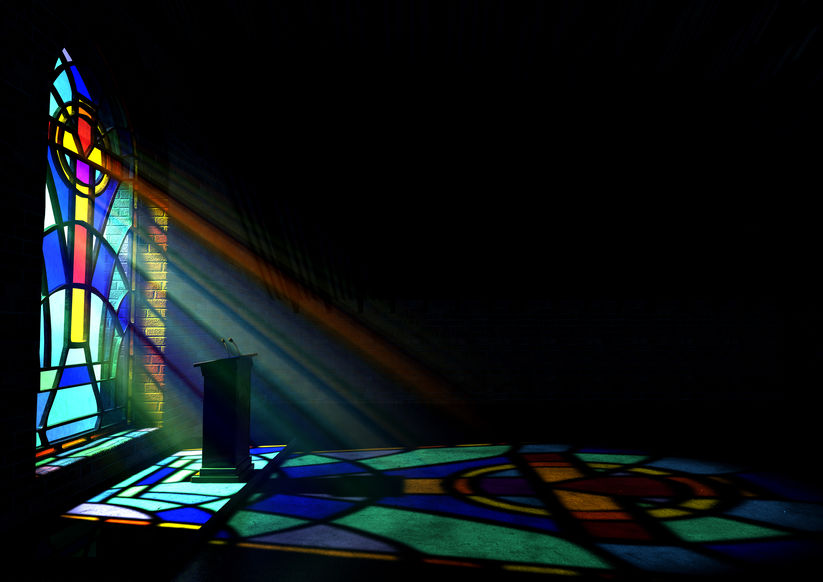 Did you know that, on average, the U.S. sees about 205 sunny days per year? In Pennsylvania, that number is about 179. Here in Mechanicsburg, PA, we average about 195 days of sun. That means that the sun in shining on us for over half the year!
Did you know that, on average, the U.S. sees about 205 sunny days per year? In Pennsylvania, that number is about 179. Here in Mechanicsburg, PA, we average about 195 days of sun. That means that the sun in shining on us for over half the year!
While this might be a welcome statistic for most residents of Mechanicsburg, you may be wondering what it means for your stained glass windows. Most people are concerned about whether or not the sun will make the dazzling colors of their unique windows fade. In fact, one of the most common questions we hear at Cumberland Stained Glass is, “how will sunlight affect my stained glass windows?” Let’s take a look at the answer.
Certain types of stained glass don’t hold up as well to sunlight.
Not all stained glass is created equal. Depending on the quality of the glass and the method used to create it, it is possible that the colors could fade. Techniques that don’t involve baking glass at high temperatures are more likely to have their colors and designs fade after long-term exposure to UV light (sunlight). Examples of stained glass-making methods more vulnerable to sunlight damage include glazing, painting, and laminating.
Stained glass is most resistant to UV light when the color is baked in at high temperatures.
Stained glass created using this baking method is considered the highest in quality, and should not fade or need restoration from sunlight for 75 years or more. This is because stained glass is made of sand and minerals. When heated at high temperatures, the sand molecules will blend with the different minerals to produce a certain color (depending on the mineral). Once the glass has cooled, the structure is locked in and can only be altered by the same high temperatures that created it.
Baking temperature are typically 350 degrees or more, so unless the sunlight is concentrated intensely on the window, it is unlikely to cause fading to this type of stained glass.
Sunlight can also affect humidity levels, which have even more potential to damage stained glass.
Sunlight warms the air around your outer stained glass windows, which allows it to hold a greater amount of water vapor. When the temperature and humidity inside the building are lower than outside the window, condensation can occur and settle on the glass, as stained glass is a thermal conductor. This buildup of moisture can cause significant deterioration to glass structure and color.
Protective window coverings and proper ventilation can help prevent stained glass from being damaged by UV light and humidity.
Window coverings and ventilation are both measures that will protect your stained glass from UV light, heat, moisture, and the havoc they can wreak. A covering will create a barrier between the window and the elements, including not just UV light and moisture, but also other damaging weather, air pollution, pests, and vandalism. It is the best way to keep the integrity of the window intact. Protective coverings should also be paired with a ventilator and frame to promote airflow. This will prevent and remove any heat or moisture that may accumulate in the space between the window surface and the covering.
If you’re located in Mechanicsburg, PA or surrounding areas, Cumberland Stained Glass can help you preserve your stained glass windows, so you can enjoy their beauty for years to come.
We can outfit your windows with protective coverings, proper ventilation, and assess any windows you don’t think are in the shape they should be. Once we’ve evaluated them, we can restore your stained glass windows to their original grandeur and perform any necessary repairs to get them up to par.
Contact us today for more information about the wide range of stained glass services we can provide!
